In the rapidly evolving world of computer technology, acronyms play a crucial role in simplifying complex terms and concepts. Whether you're a tech enthusiast or a casual user, understanding these acronyms can enhance your knowledge and make conversations about computers more accessible. In this article, we will explore some commonly used acronyms in computer technology and their meanings.
Central Processing Unit (CPU)
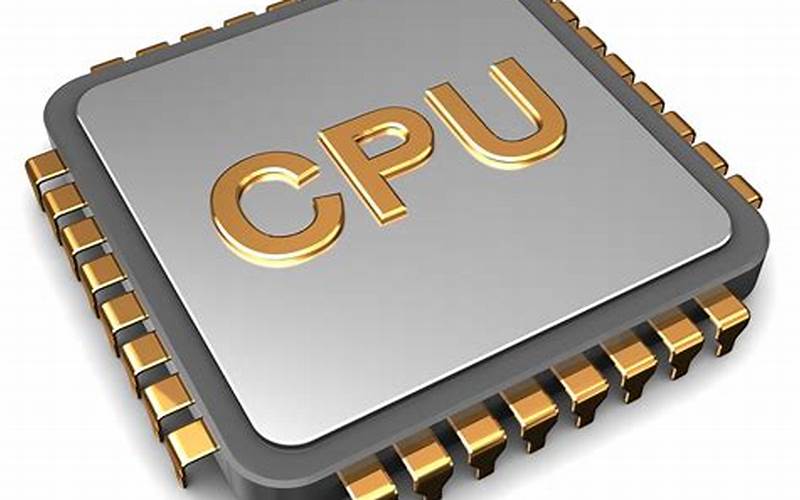 Source: tse1.mm.bing.net
Source: tse1.mm.bing.netThe Central Processing Unit, or CPU, is often referred to as the "brain" of a computer. It is responsible for executing instructions and performing calculations. The CPU interprets and carries out instructions from the computer's memory, allowing software applications to run smoothly. Without a CPU, a computer would be unable to perform any tasks.
Random Access Memory (RAM)
 Source: tse1.mm.bing.net
Source: tse1.mm.bing.netRandom Access Memory, or RAM, is a type of computer memory that allows data to be read from and written to quickly. It is a temporary storage space that holds data that is actively being used by the CPU. The more RAM a computer has, the more programs and data it can handle simultaneously. RAM is essential for multitasking and running resource-intensive applications.
Read-Only Memory (ROM)
 Source: tse1.mm.bing.net
Source: tse1.mm.bing.netRead-Only Memory, or ROM, is a type of computer memory that stores data permanently. Unlike RAM, ROM retains its contents even when the computer is powered off. It contains firmware or software instructions that are essential for booting up the computer and initiating hardware operations. ROM is non-volatile memory, meaning its data is not erased when the power supply is disconnected.
Basic Input/Output System (BIOS)
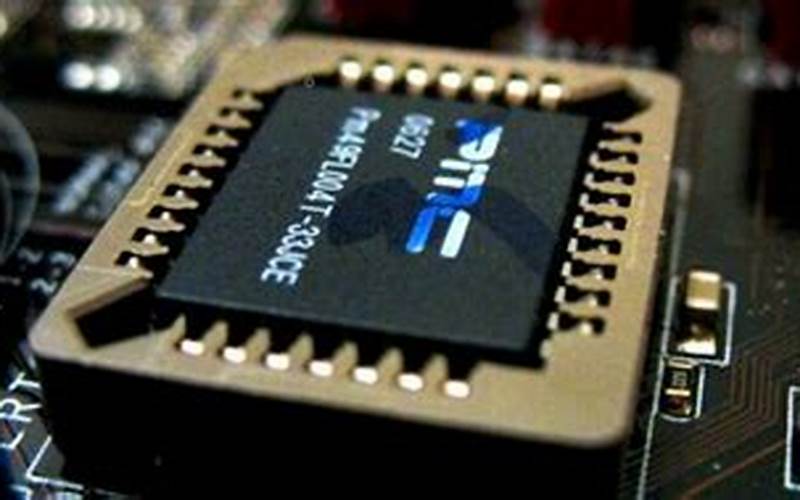 Source: tse1.mm.bing.net
Source: tse1.mm.bing.netThe Basic Input/Output System, or BIOS, is a firmware interface that initializes hardware components during the booting process. It performs self-tests, detects connected devices, and loads the operating system into the computer's memory. The BIOS also allows users to configure various hardware settings, such as the boot order and system time.
Universal Serial Bus (USB)
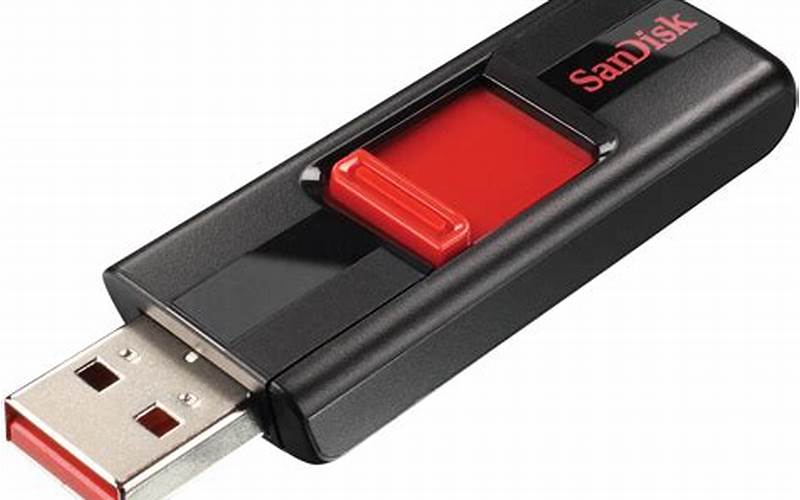 Source: tse1.mm.bing.net
Source: tse1.mm.bing.netThe Universal Serial Bus, or USB, is a widely used interface for connecting peripheral devices to a computer. USB ports support the transfer of data, power, and audio/video signals. USB devices, such as keyboards, mice, printers, and external storage drives, can be easily connected and disconnected without restarting the computer. USB has evolved over the years, with the latest version, USB 4.0, offering faster data transfer speeds and improved performance.
Graphical User Interface (GUI)
 Source: tse1.mm.bing.net
Source: tse1.mm.bing.netThe Graphical User Interface, or GUI, is a visual interface that allows users to interact with software applications using graphical elements, such as icons, windows, and menus. Unlike a command-line interface, which requires users to type commands, a GUI enables users to perform tasks by clicking buttons and selecting options. GUIs have revolutionized the way we interact with computers, making them more user-friendly and accessible.
Internet Protocol (IP)
 Source: tse1.mm.bing.net
Source: tse1.mm.bing.netThe Internet Protocol, or IP, is a set of rules that governs the transmission of data over computer networks. It assigns unique addresses to devices connected to a network, allowing them to communicate with each other. An IP address consists of a series of numbers separated by periods, such as 192.168.0.1. IP addresses enable devices to send and receive data packets, ensuring seamless communication across the internet.
Wireless Fidelity (Wi-Fi)
 Source: tse1.mm.bing.net
Source: tse1.mm.bing.netWireless Fidelity, commonly known as Wi-Fi, is a technology that enables wireless networking. It allows devices to connect to the internet or communicate with each other without the need for physical cables. Wi-Fi uses radio waves to transmit data between devices, providing convenience and flexibility in accessing online services. Wi-Fi has become an essential feature in homes, offices, and public spaces.
Operating System (OS)
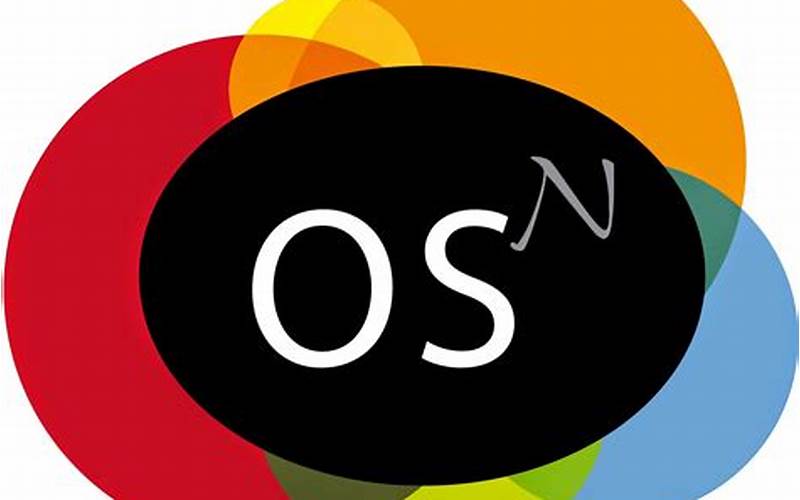 Source: tse1.mm.bing.net
Source: tse1.mm.bing.netAn Operating System, or OS, is a software that manages computer hardware and software resources. It acts as an intermediary between users and the computer's hardware, enabling the execution of applications and providing a user-friendly interface. Popular operating systems include Microsoft Windows, macOS, and Linux. Each operating system offers unique features and functionality, catering to different user preferences and requirements.
File Transfer Protocol (FTP)
 Source: tse1.mm.bing.net
Source: tse1.mm.bing.netFile Transfer Protocol, or FTP, is a standard network protocol used for transferring files between computers. It allows users to upload, download, and manage files on remote servers. FTP uses a client-server architecture, where the client initiates the connection and requests file transfers, while the server responds and provides access to the requested files. FTP has been widely used for website maintenance, software distribution, and file sharing.
Secure Sockets Layer (SSL)
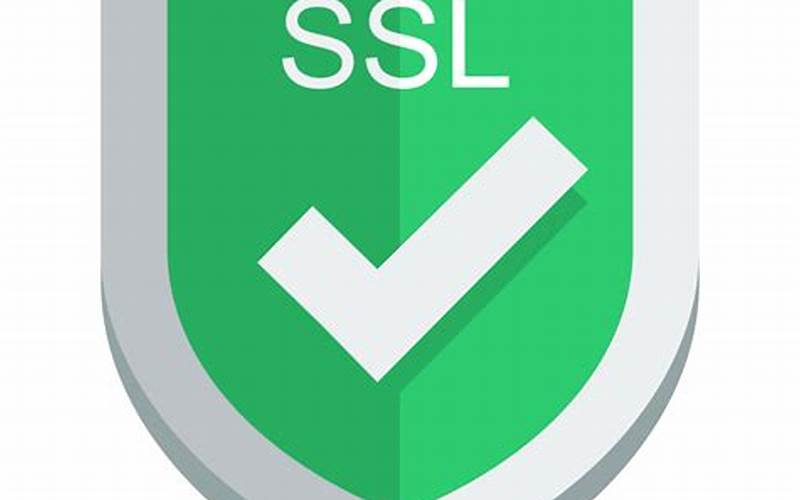 Source: tse1.mm.bing.net
Source: tse1.mm.bing.netSecure Sockets Layer, or SSL, is a cryptographic protocol that provides secure communication over computer networks. It encrypts data transmitted between a web server and a user's web browser, ensuring that sensitive information, such as passwords and credit card numbers, remains confidential. SSL is commonly used in online transactions, e-commerce websites, and other applications that require secure data transmission. Its successor, Transport Layer Security (TLS), is now widely adopted.
HyperText Transfer Protocol (HTTP)
 Source: tse1.mm.bing.net
Source: tse1.mm.bing.netHyperText Transfer Protocol, or HTTP, is an application protocol used for transmitting hypermedia documents over the internet. It defines how web browsers and web servers communicate and exchange information. When you type a website address into your browser, an HTTP request is sent to the web server, which responds by sending back the requested web page. HTTP has evolved over time, with HTTP/2 and HTTP/3 offering improved performance and security.
Secure Shell (SSH)
 Source: tse1.mm.bing.net
Source: tse1.mm.bing.netSecure Shell, or SSH, is a cryptographic network protocol that allows secure remote access to computers and servers over an unsecured network. It provides a secure channel for data communication by encrypting the connection between the client and the server. SSH is widely used by system administrators and developers to perform remote administration, file transfers, and secure command execution. It is considered a more secure alternative to traditional remote login protocols.
Domain Name System (DNS)
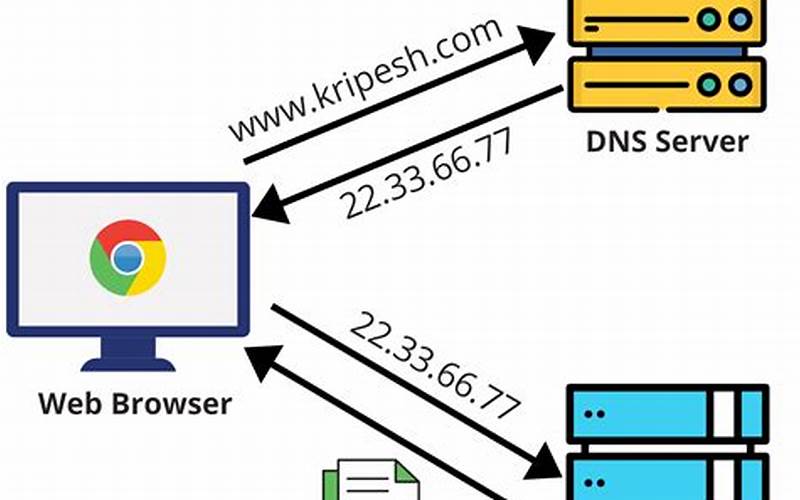 Source: tse1.mm.bing.net
Source: tse1.mm.bing.netThe Domain Name System, or DNS, is a hierarchical naming system that translates domain names, such as example.com, into IP addresses, such as 192.0.2.1. It acts as a phone book for the internet, allowing users to access websites using easily recognizable domain names instead of numerical IP addresses. DNS servers maintain a database of domain names and their corresponding IP addresses, ensuring seamless navigation across the internet.
Meta Description:
Explore the world of computer technology acronyms and their meanings. From CPU and RAM to USB and DNS, learn about the essential acronyms that shape the digital landscape. Enhance your tech knowledge and join the conversation with this comprehensive guide.
Meta Keywords:
acronyms computer, CPU, RAM, ROM, BIOS, USB, GUI, IP, Wi-Fi, OS, FTP, SSL, HTTP, SSH, DNS
Post a Comment for "Acronyms in Computer Technology: A Comprehensive Guide"